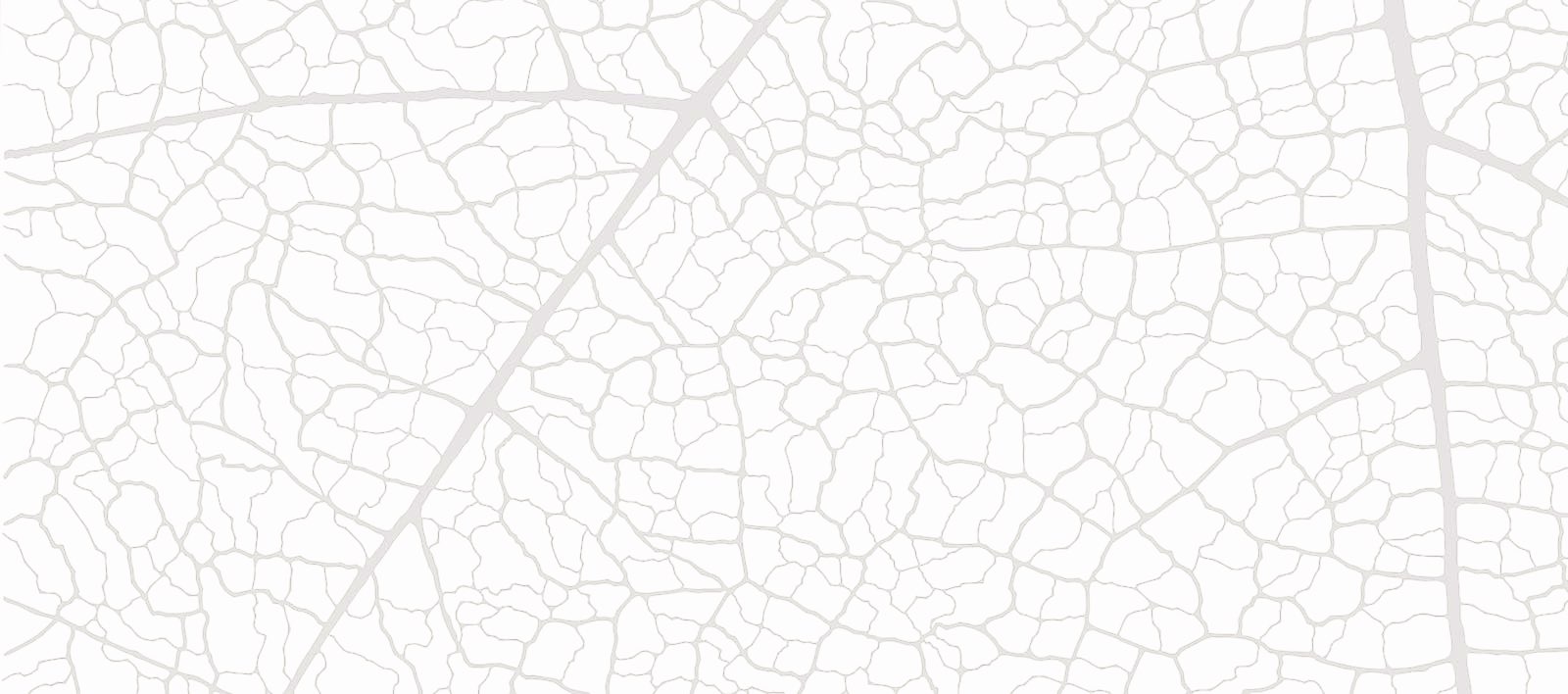
Ablation Therapy
Microsclerotherapy, Foam Sclerotherapy, and Duplex-guided Foam Sclerotherapy
Sclerotherapy (ablation) is a proven and highly-effective therapy with few complications to treat spider veins and secondary varicoses. Through the injection of a sclerosant, the vein is closed and is slowly turned into connective tissue by the body. The goal of sclerotherapy is to achieve long-term closure and complete disappearance of the extended, diseased vein. However, this can only occur by means of sufficient compression of the varicose vein. For this reason, patients must wear a fitted compression stocking or compression bandages following a sclerotherapy session (generally 2 – 4 days). Blood continues to have unobstructed drainage through the interior veins whose function was tested prior to the procedure via duplex sonography.
For certain varicose veins, the sclerosant is prepared into a foam to optimize ablation. Foam sclerotherapy is a further development of the already existing method (fluid sclerotherapy). This method is particularly effective with larger spider veins and smaller secondary varicoses as it has a stronger ablation effect. If necessary, foam sclerotherapy is performed with duplex sonography guidance. Ablation therapies are always performed on an outpatient basis and take about 15 – 30 minutes. Depending on results, 2 – 4 sessions are generally required. Not all varicose veins respond in the same manner to the sclerosant, which may increase the number of sessions required.
Laser Treatment for Spider Veins
Due to the ongoing development of new lasers in the application of lasers for treating spider veins, no evaluation on the benefits of this therapy can be made at this time.
However, evidence to date shows that the laser systems used up until now have generally not proven to be effective and have not produced the results propagated in the public media. Therefore, sclerotherapy should for now be regarded as the standard choice in treating spider veins.


